"x","y" are two long long type variables in c++ to which i have assigned two different numbers.
Variable type is long long but i have assigned decimals to the integer.
so i expected that it will trim the decimal part and display only integer part.
it trimmed off the numbers after the decimal and retured an integer.
Output :
i was expecting floor() of x but it returned some integer ending with 6 instead of 5, i mean it returned ceil(x).but in the second case it returned floor(y).
and its only occurring when the integer is too long.
So what might be the possible reason for this ?
I am using minGW c++17 version on visual studio code .. but same is happening with online compiler also.

